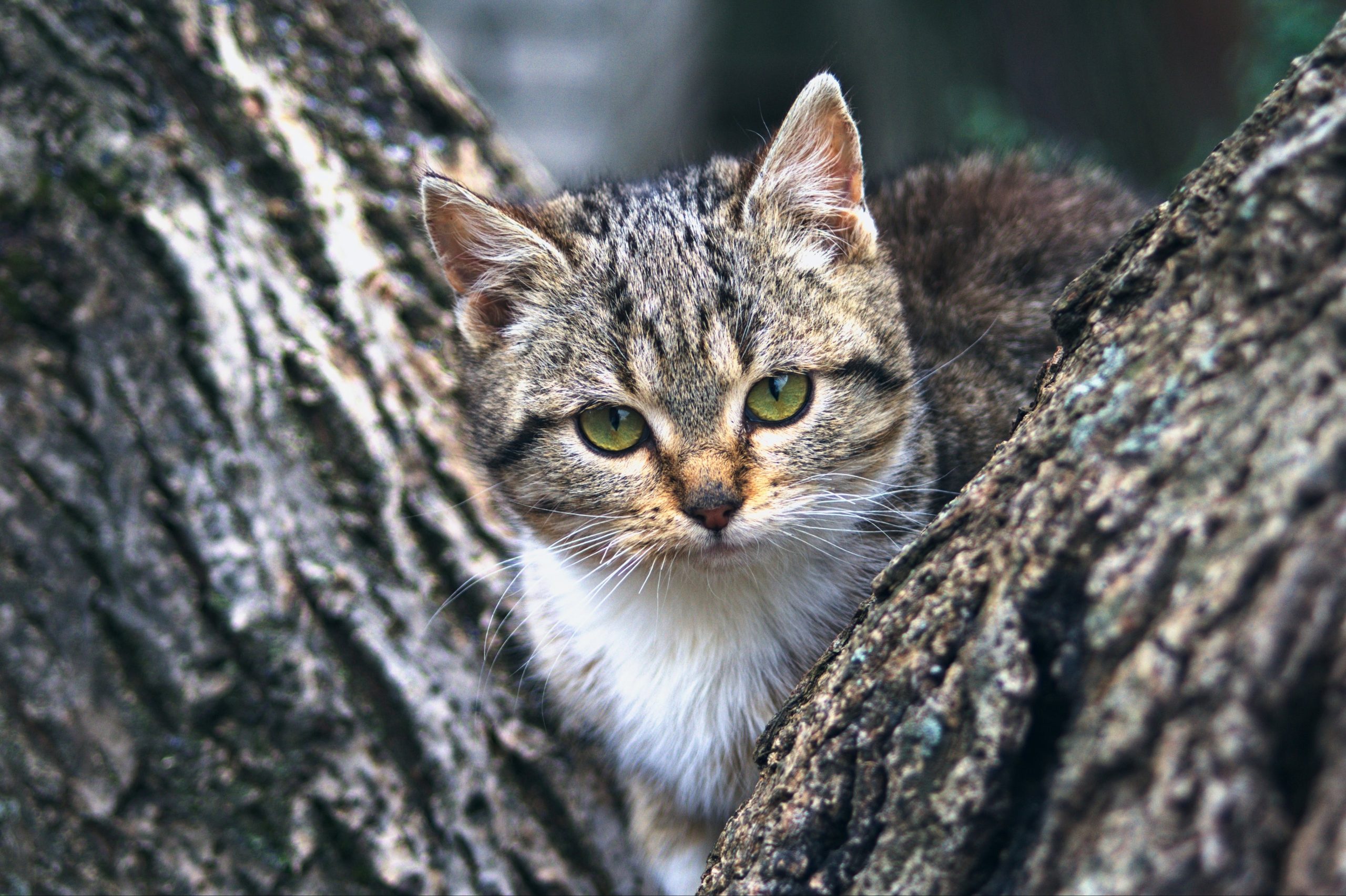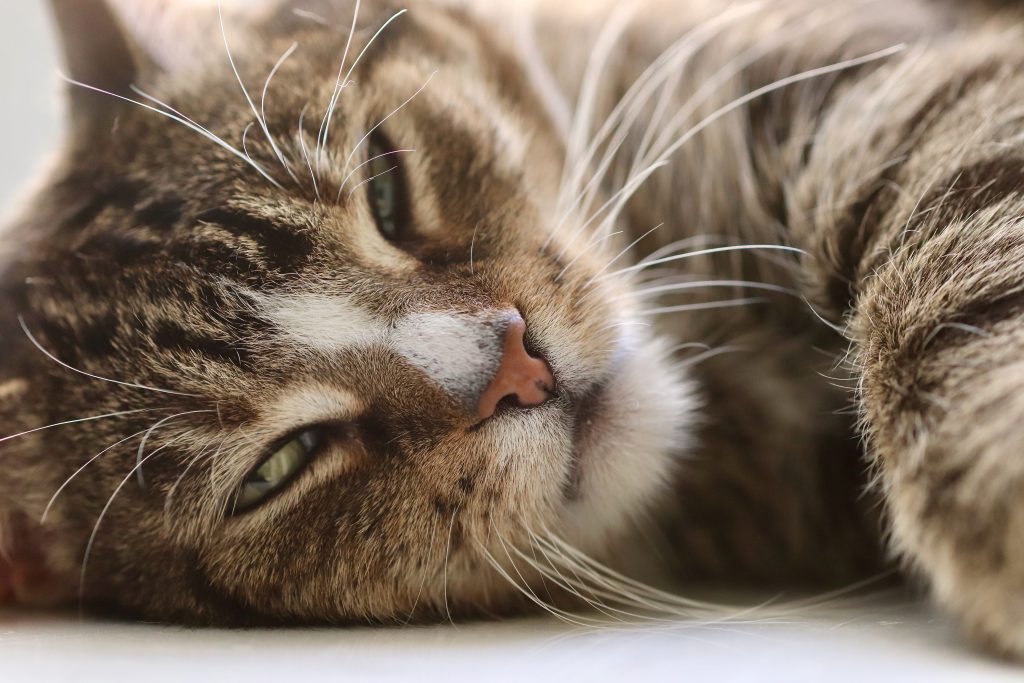Acromegaly is a rare disorder caused by excessive production of growth hormone, most commonly by a tumor on the pituitary gland. While acromegaly is relatively well-known in humans, it can also affect cats, though feline acromegaly is considered an uncommon disease. Even so, it’s important for cat owners to be aware of the potential signs and risks.
What Causes Acromegaly in Cats?
In cats, as in humans, acromegaly is typically the result of a functional tumor called an adenoma developing on the pituitary gland. The pituitary is a small but vital gland located at the base of the brain that produces several crucial hormones, including growth hormone.
When an adenoma develops on the pituitary gland, it can lead to overproduction of growth hormone. This excess growth hormone causes gradual enlargement of certain bones and soft tissues in the cat’s body, leading to the characteristic signs of feline acromegaly.
Signs and Symptoms
One of the most obvious potential signs of acromegaly is an abnormally large facial structure and elongated head. The cat’s skull bones may thicken and grow larger, giving the face a rounded appearance.
Acromegaly in cats manifests through a complex spectrum of symptoms, primarily driven by excessive growth hormone production. The condition causes gradual but noticeable changes in a cat’s physical appearance and behavior. Facial features enlarge, particularly the jaw and nose, giving the cat a broadened, squared appearance. Overall body size increases, with disproportionately large paws and lengthened limbs. The tongue may protrude due to jaw growth, and dental issues arise from increased tooth spacing. Skin thickens, especially on paw pads, while appetite increases despite potential weight gain. Secondary diabetes often leads to excessive thirst and urination. Respiratory difficulties, lethargy, and muscular weakness become apparent as the disease progresses. Joint pain, heart murmurs, and insulin resistance are common complications. Behavioral changes, such as irritability or aggression, may occur due to discomfort. Early detection of these signs is crucial for timely diagnosis and management, highlighting the importance of regular veterinary check-ups and attentive pet ownership in monitoring these gradually over months but significant changes in affected cats.
Diagnosis and Treatment
If your veterinarian suspects based on the cat’s symptoms and appearance, they will likely recommend tests to confirm the diagnosis and identify the underlying tumor. These tests may include an MRI scan and blood tests to detect elevated growth hormone levels.
Treatment for feline acromegaly typically focuses on two major goals that is managing the effects of excessive growth hormone, and attempting to reduce or remove the pituitary tumor itself. Medication may be prescribed to help control hormone levels and symptoms like diabetes.
In some cases, radiation therapy is used as an attempt to shrink or destroy the pituitary tumor. This can be effective, but requires special facilities and comes with some risk of side effects. Surgery to remove the pituitary tumor is another option, but is very challenging due to the delicate location of the tumor and the small size of structures involved.
Prognosis for Affected Cats
Even with treatment, acromegaly can shorten a cat’s lifespan and have significant impacts on quality of life due to the progression of bone/tissue overgrowth and potential complications like diabetes. The prognosis depends on factors like the cat’s age at diagnosis, the severity of symptoms, and whether the underlying pituitary tumor can be successfully treated.
While acromegaly is considered relatively uncommon in cats, it’s an important disorder for owners to be aware of. Recognizing the potential signs and getting an early diagnosis and treatment can give affected cats the best possible outcomes.
Prevention tips for Acromegaly in cats:
While acromegaly in cats is primarily caused by pituitary tumors, which cannot be directly prevented, there are some steps cat owners can take to promote overall feline health and potentially reduce risk factors:
- Regular veterinary check-ups: Annual exams can help detect early signs of hormonal imbalances or other health issues.
- Maintain a healthy weight: Obesity can exacerbate hormonal imbalances, so keeping your cat at an ideal weight through proper diet and exercise.
- Monitor for diabetes: Since diabetes is often associated with acromegaly, watch for signs like increased thirst and urination.
- Balanced nutrition: Feed a high-quality, balanced diet appropriate for your cat’s age and health status.
- Limit environmental toxins: Reduce exposure to potential endocrine disruptors in household products and pet supplies.
- Early intervention: If you notice any changes in your cat’s appearance or behavior, consult your veterinarian promptly.
- While these steps cannot guarantee prevention of acromegaly, they contribute to overall feline health and may help in early detection of the condition.




 On demand visits for urgent issues 24/7
On demand visits for urgent issues 24/7 








